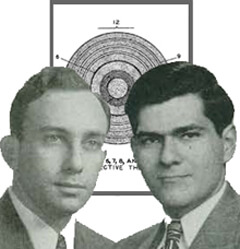

The first patent for a digital barcode was issued to inventors Norman Joseph Woodland and Bernard Silver on October 7, 1952. Decades later, the first scanner for reading digital barcodes was installed at a Marsh’s supermarket in Troy, Ohio in 1974. Barcoding soon became the industry standard and the most widely used method for identifying information on millions of products.
In 1995, barcode tags were proposed for biomolecular identification [WO 96/24061, EP0757830, and US 5770455]. The barcode substrates include microchip, silicon, silicon dioxide, or a metal; however, these materials lack biocompatibility to become a commercially viable product. Dr. Winston Ho and his team, thus focused on developing barcoded magnetic beads, which not only have great physical properties (density, rigidity, temperature, pressure, shelf-life stability) and chemical properties (pH stability, surface chemistry, bio-functionality), but also have excellent biological compatibility (nucleic acids, proteins, buffers) with long term stability. The research team pioneered the development of microscopic bio-inspired barcoding technology at Maxwell Sensors, Inc., engineering a complete system for the barcoding and detection of protein and nucleic acid molecules. Applied Biocode, Inc. emerged in 2008 with a focus on the biomedical applications of Barcoded Magnetic Bead technology, revolutionizing new tools for research and clinical laboratories.